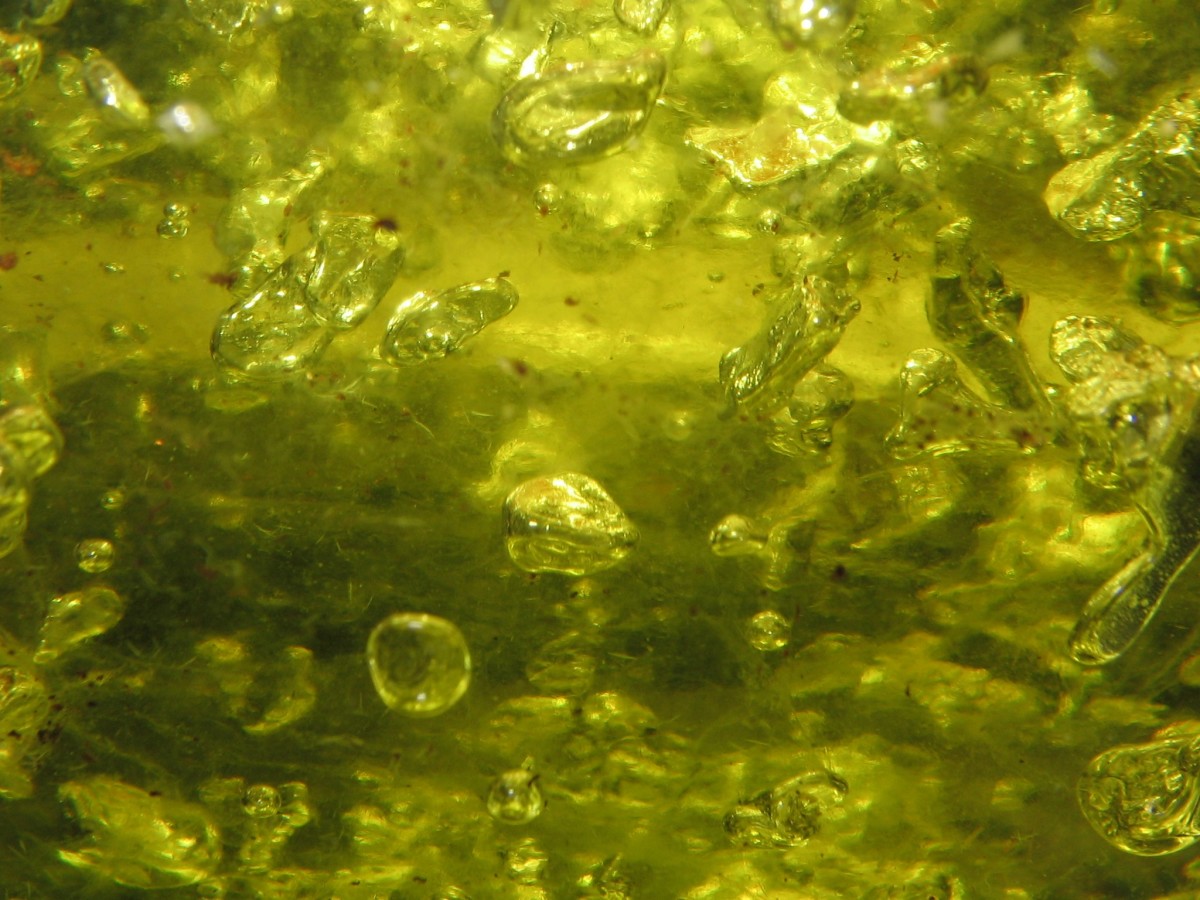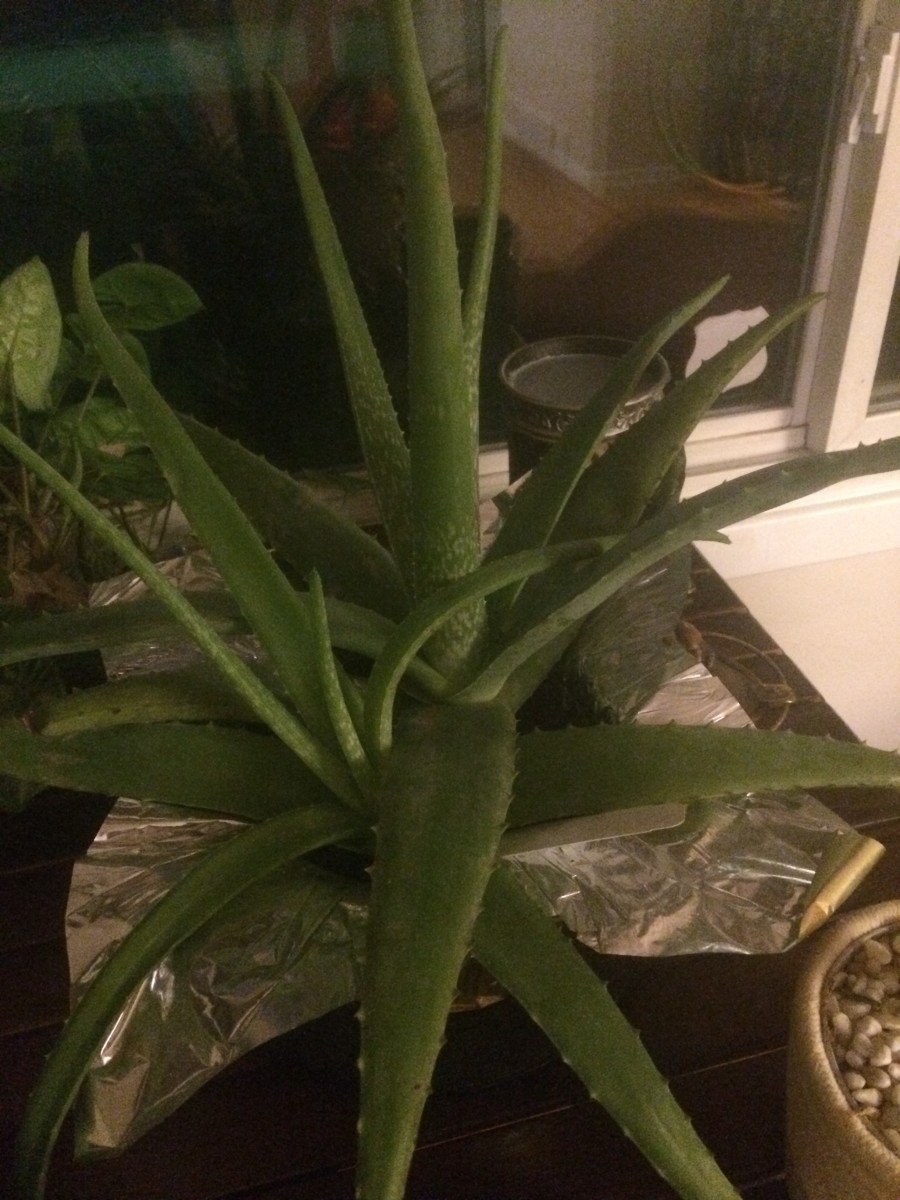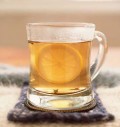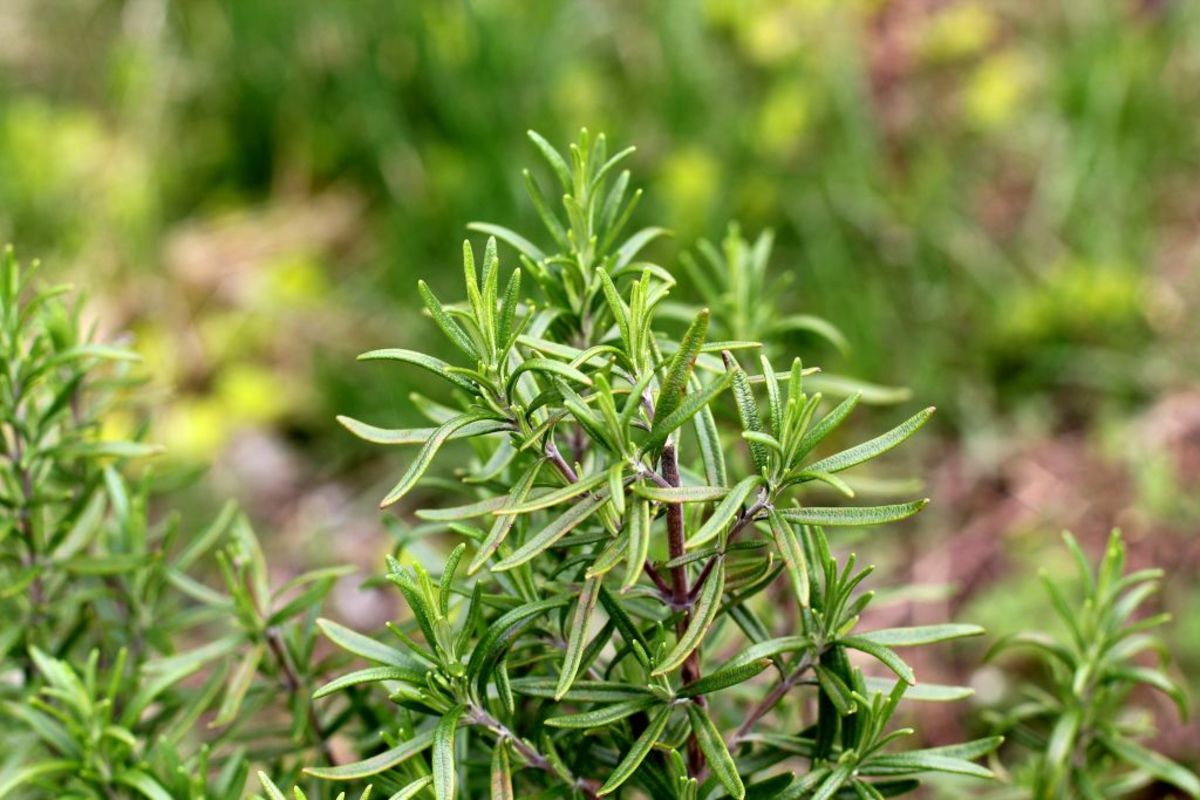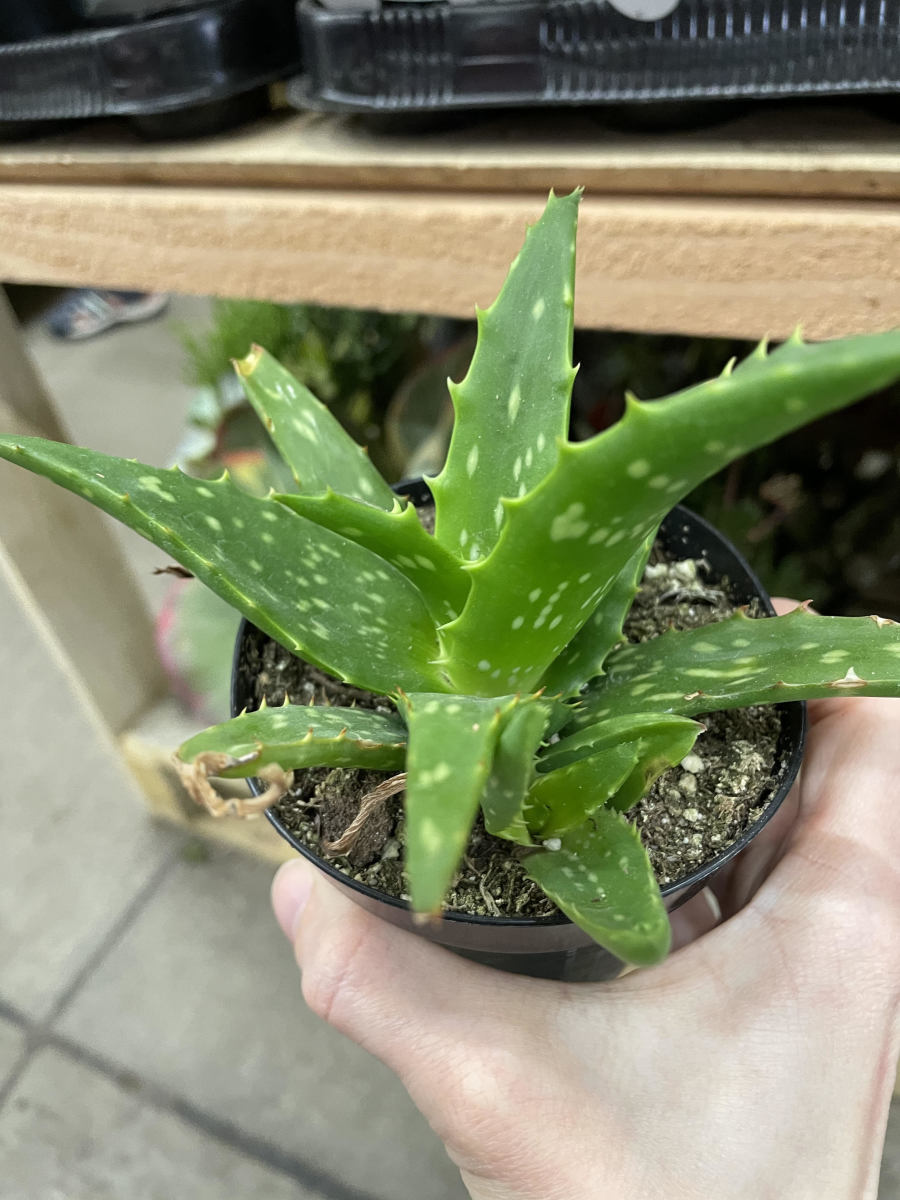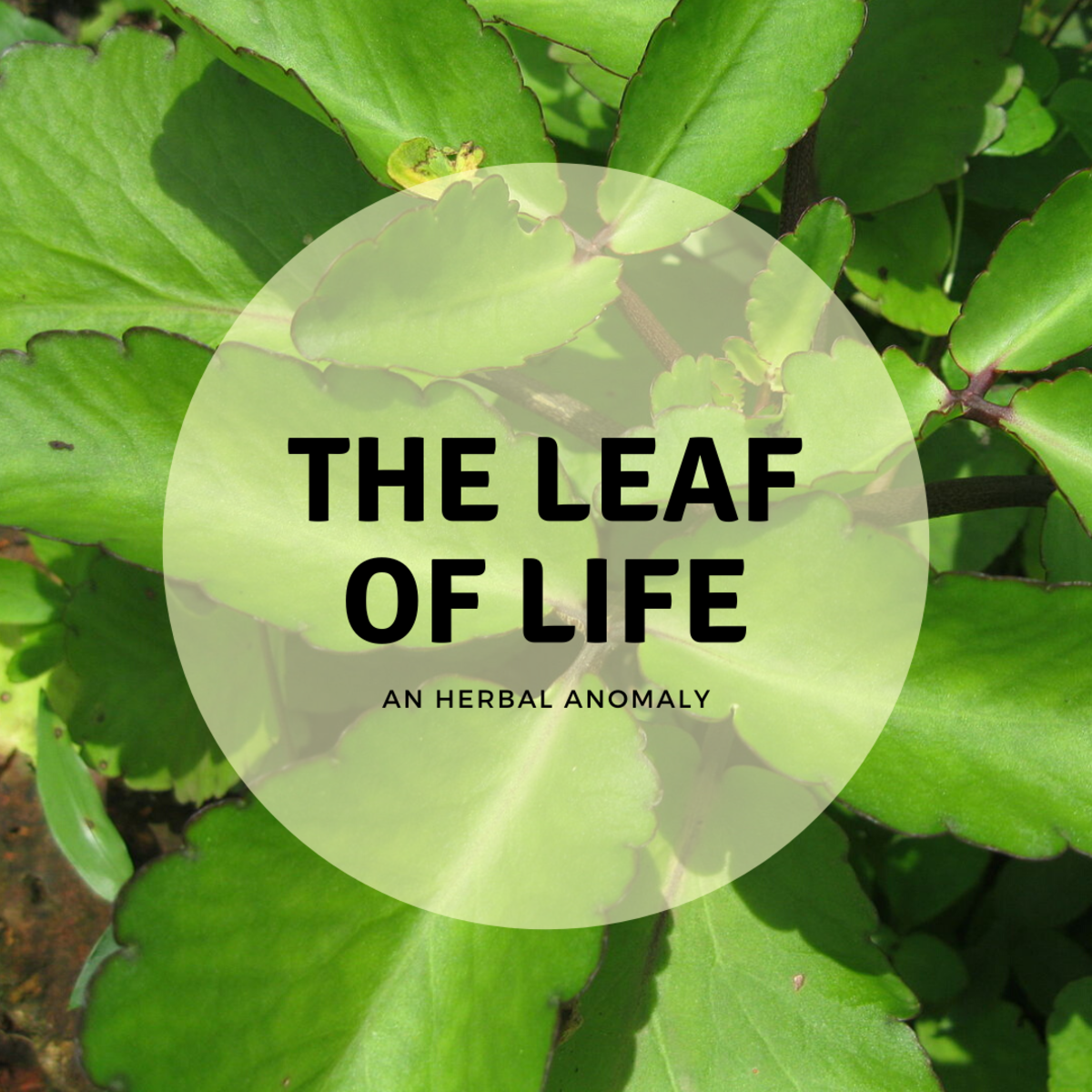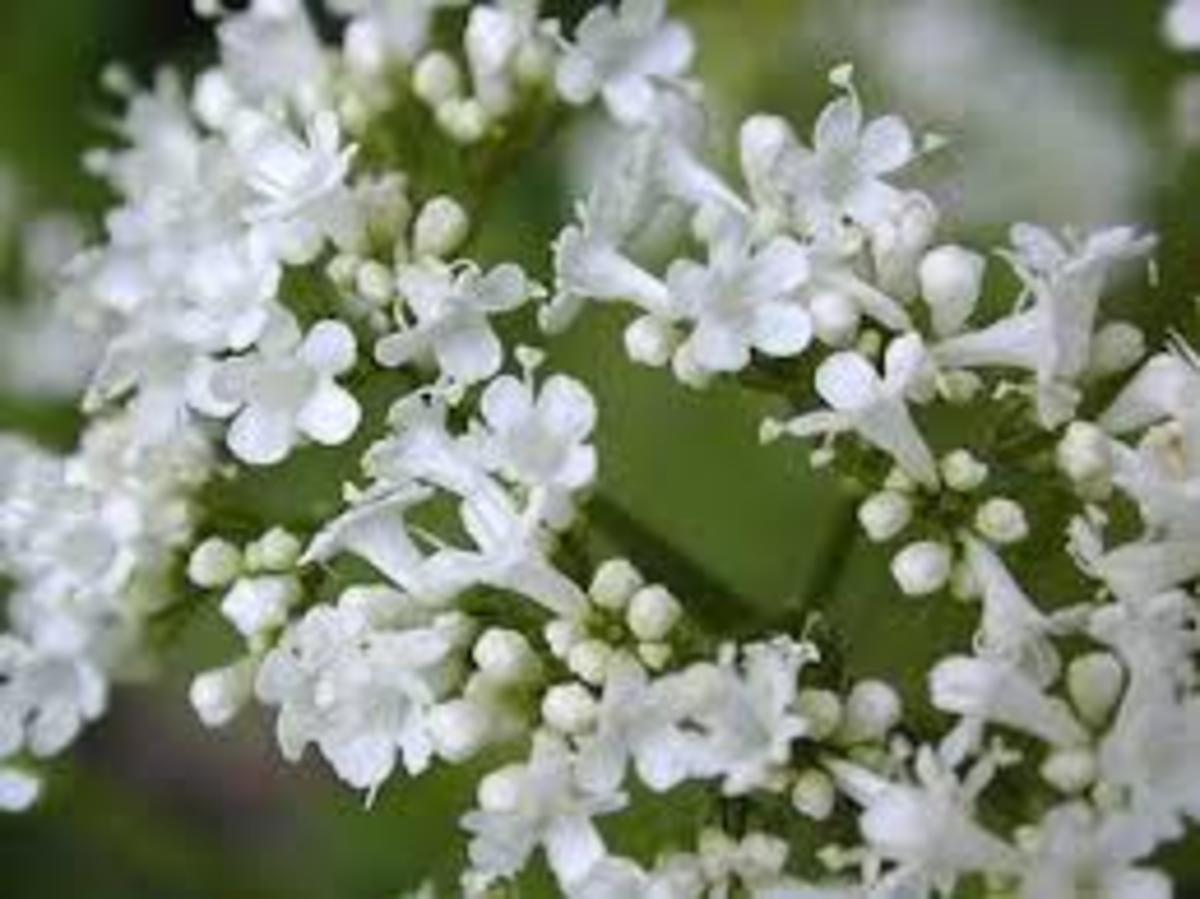- HubPages»
- Health»
- Alternative & Natural Medicine»
- Herbal Remedies
My Top 3 Herbs for Health
Introduction:
My (current) Top 3 Herbs:
Lavender
Feverfew
Aloe Vera
Lyn has a lifelong interest and passion for natural medicines, herbs and holistic lifestyles.
Here Lyn will take you through a brief history of her current three most used and therefore favored herbs and will give information on growing the plant, why they are revered for health reasons and how and why she uses them. A conclusion after each one gives reasons why you might like to try using the herb in your life too.
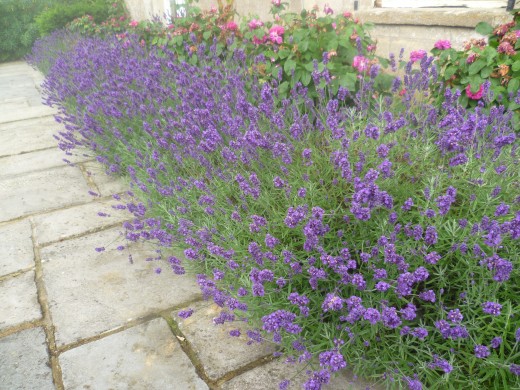
Love Lavender
- Lavender (Lavandula)
Lavender is often misunderstood, associated with old ladies, polish and air fresheners. Originally a native of the Mediterranean region, Canary Isles and India, the herb was used by the Roman’s in their bathwater and was then cultivated by monks in their monastic herb gardens. Later used in nosegays to mask the horrid street smells and was even believed to help ward of the plague.
Growing Lavender:
Lavender is easy to grow, requiring little maintenance and is an ‘evergreen’ shrub, with silvery-grey-green foliage that is topped by masses of delicate scented flowers that grow in a long spike and are purple in the official herb version but with variations of mauve, pink and white in cultivated varieties and there is even a French variety with a little tuft on the top.
Lavender is drought tolerant and thrives well in poor, moderate but free-draining soils, although ideal situations would be chalky or alkaline soil. Lavender works well in gravel gardens and coastal situations and enjoys sunny situations rather than shade. Lavender will be happy though with some shade in very hot areas.
Ironically, Lavender is a great attractant for bees and other pollinating insects, yet it works well to deter flies and biting insects.
The best time to plant lavender is in the spring and it flowers throughout the summer and into the fall. Lavender is fairly hardy in most climates, but will require protecting if your area has prolonged minus temperatures and benefits from being brought into a frost free but not overly heated greenhouse for the winter months and only restricted watering at this time.
Medicinal Advantages:
Lavender has a long history of being used to cleanse, soothe, calm and sedate. Having strong antibacterial properties it has history of being used to soothe and heal burns and stings and to heal cuts. Lavender oil is often included in disinfectant products and with good reason, used sufficiently it kills diphtheria, streptococcus and pneumococcus and typhoid bacilli. The oil has also long been used as an inhalation to prevent vertigo and fainting.
Perhaps, these days Lavender is best known to help people get to sleep and is often sold in rubs, sprays and sachets for that very purpose.
Lavender is also very useful to use for reliving a headache, by gently rubbing the temples with a little lavender oil.
The oil is also used in aromatherapy for throat infections, rheumatic aches and pains, skin sores and inflammation.
Lavender can also help with the psyche helping with depression and anxiety.
Culinary:
There is not much historical evidence of Lavender being used for culinary purposes, maybe being so aromatic cooks were deterred from trying it? Although it is rumored that Queen Elizabeth I always insisted on some Lavender Preserve on her meal table. I don’t know, but these days Lavender is increasingly being used much more widely to flavor and enhance our food and has the advantage of being usable for both savory and sweet dishes.
Lavender is lovely to flavor lemonade, ice creams, jellies, pannacotta, cakes and biscuits as well as teacakes, breads and scones. Savory dishes include herby chicken crust, lavender and garlic flavored lamb and more. I have a delicately flavored homemade strawberry and lavender preserve that is lovely on toast.
How I Use Lavender:
I grow Lavender in my garden and in containers and find it a pleasing garden plant. I utilize Lavender in companion planting, when I had a holding, I grew Lavender next to the main vegetable garden and the reasons were twofold, firstly the Lavender would attract bees and other pollinators to my vegetables and secondly, the fragrance of Lavender is one of those that helps confuse and deter carrot fly from attacking carrots.
A few years ago I was plagued with both black and green fly on the roses in one of my rose gardens and remembering the power of companion planting, the following spring I planted several Lavender plants with the roses and the difference was spectacular, I have had no problem with black fly since and very little bother from green fly.
I make my own glycerine based soap and use Lavender from my garden and Lavender oil in the soaps, I also blend Lavender oil into body lotions and hand creams to use as a biting insect repellent.
The Lavender flowers are lovely to have in the home and placed near an open window can help deter flies, I like to have fresh flowers in my home, but I also dry lavender and keep dried springs about until the fragrance has gone.
Once dried Lavender can be placed into sachets of material to go into drawers and cupboards to help deter moths from clothing and woodworm form the wood and I simply wash and re-use the sachets once the fragrance has gone.
I use lavender to freshen up my bedding and soft furnishings and spray a little diluted oil into the air near my pillow, if I am having trouble sleeping.
1.5 Why You Might Want to Use Lavender:
Lavender is a fabulous plant to grow in your garden to attract bees and deter unwanted black fly, greenfly and carrot fly to name those that I have experienced. It is a pleasure to have in the home and helps to cleanse and protect eh environment.
Used in a wide range of commercial products, Lavender features in many natural cleansing and moisturizing products and home cleaning and fragrance products, laundry products and so on. You might be surprised how many fragrances include lavender in the mix as well.
I can recommend using Lavender oil to cleanse and freshen your home and to help with relaxation and sleeping.
Using Lavender
Did you know you could use Lavender Oil to help with a headache?
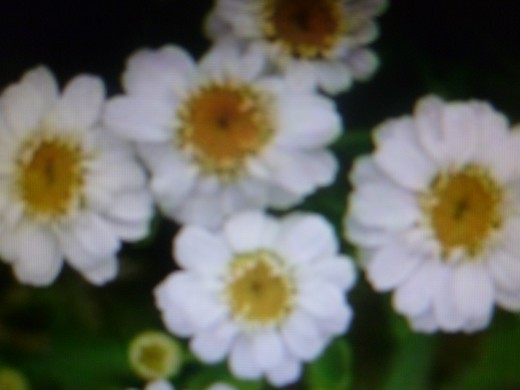
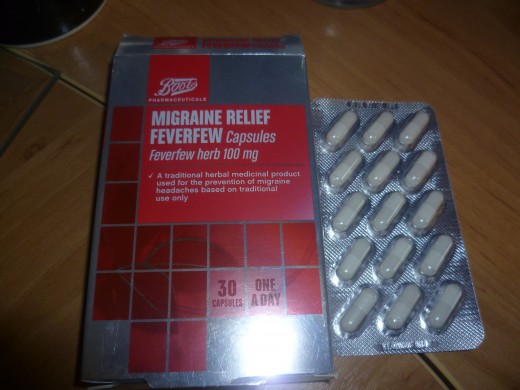
2. Feverfew or Featherfew Tanacetum parthenium
(for the purpose of this report, I will refer to the herb as Feverfew hereon in).
Feverfew is a lesser known medicinal herb that was actually recommended to me by a cardiac consultant. As long ago as the 17th C the English apothecary and physician Culpepper, who translated Latin medical works into English, recommended this scrub land herb be used for pains in the head and colds.
Growing Feverfew:
I do have Feverfew in my garden, simply because whenever possible, I like to grow and see the plant of the herbs and remedies that I use. Mine grow to around 80cm (31”) in the garden and 50cm (20”) in pots.
Feverfew is from the Asteraceae family and is a deciduous herb and will grow in any well drained soil and prefers full sun. This green leaved plant flowers from spring all summer, producing white and yellow daisy like flowers.
Feverfew is not fully hardy in Britain or the cooler states and I over-winter my container version in an unheated shed, bringing out when the risk of hard frosts have gone. If allowed to self seed and left in-situ they may grow as an annual, but I like to trim mine back and overwinter.
Medical Advantages:
Feverfew contains sesquiterpene lactones and Culpepper had the right idea, recent studies have proven that the active ingredients in the plant are highly effective in the prevention of certain types of migraines.
Feverfew is another herb that is said to make a good moth repellent when dried and can be used as a disinfectant.
Culinary:
I have read that it is possible to eat the leaves of this plant in salad, although it is not recommend to take it as a remedy this way as the quality and dosage is uncertain and a side effect is that it can cause ulcers in the mouth.
How I Use Feverfew:
I have suffered Migraine all of my life, a few years ago I had an attack that was a suspect TIA (transient ischaemic attack) that following various tests and scans was diagnosed as Hemiplegic Migraine and at my final meeting with the consultant I was advised to take a 100mg Feverfew capsule everyday as a preventative. I did so for several months and did not suffer any migraine or hemiplegic migraine at all. Then one day the store did not have my Feverfew in stock and I got out of the habit of taking it daily. I had also by this time researched the herb and the condition and when I picked up my box of capsules, I did not resume taking them each day. I should take them each day, because since stopping I have had some migraines and suffered a couple of minor hemiplegic migraines too.
Hemiplegic migraine is a particularly debilitating version of migraine whereby my limbs on one side go numb and heavy and are even non-functional during an attack.
So, these days, I take my capsules when I remember, or find that they are effective when taken at the onset of symptoms of an attack and these are by far the most effective method I have for treating migraine and hemiplegic migraine alike.
I was recommended to take 100mg a day and the way I take mine is via capsules whereby one singe capsule contains 100mg. The capsules I use are from Boots Pharmaceuticals which is a well known reputable drug store in the UK.
Why You might want to Use Feverfew:
As a garden plant Feverfew is fairly unremarkable, although it does lend itself well to formal and informal settings, it is one of a huge variety of green leaved, daisy style plants that you could chose for your garden. It is also not advised anywhere that I have seen to self administer Feverfew for health benefits because it is important to get the best quality and correct dose for optimum performance. Bearing that in mind, grow the plant by all means, but look for really good quality capsules of the dried herb for your dosage to treat or prevent migraine and hemiplegic migraine.
Whilst I have found the plant an agreeable plant to grow and the capsules highly effective for my health and wellbeing, I would strongly recommend that you seek expert opinion before trying this remedy yourself.
Feverfew
Hello to Aloe
3. Aloe Vera Aloe Barbadensis
Where do I start with Aloe?! I have a long association with the health benefits of this plant and if you are reading this, it is probably a beneficial plant that you have already heard of, so I’ll keep the introduction brief.
Aloe Vera is a succulent meaning that it is 95% water and stores a lot of water in its leaves and roots and this is why the plant is so sensitive to cold weather and must have a frost free environment.
Growing Aloe Vera:
Hailing from Southern Africa Aloe Vera is not suitable plant to grow outdoors in the UK, not even in the milder climes of the south where I live. In the United States however, in areas where the temperature remains above 40C it can be grown outside and I know it is grown in Florida, Arizona and Texas. Whilst in other zones those who have mild weather outside of the 40C zone, it can be grown in containers and brought indoors for the winter and colder weather. I grow mine in pots indoors and in my opinion an Aloe plant is a must have plant in the kitchen.
If you are able to grow Aloe Vera outdoors in warm climates where they can be planted outdoors they need full sun or only light shade and fertile, free draining soil.
Or to keep indoors, use a good quality potting mixture with sand, grit or perlite added and ensure the pot is free draining, maybe by adding some gravel at the base. A commercially sourced cacti mix will work well. The plant should be fed once a year and watered with care.
Medical Advantages:
Aloe Vera is a truly remarkable plant that has many benefits when used both internally and externally.
Aloe Vera contains proteolytic enzymes and has at least 75 useful attributes including vitamins A, C, E and B12, saponins, amino acids, salicylic acids, folic acid plus further enzymes and minerals.
Aloe Vera is a great healer and is used to treat burns, ulcers and much more:
Taken internally, Aloe Vera can help with stomach ulcers, colitis and fatigue as well as inflammation.
Used externally as well as healing burns, Aloe Vera is a great skin conditioner, heals cracked lips and gums and soothes itchy rashes.
Culinary:
Aloe Vera has a bitter taste and it is the gel that is used not the whole leaf. Because the gel is packed full of lots of good vitamins, enzymes and minerals, it makes an excellent dietary supplement and can be added to jellies although the most common way to take it is in a drink mixed with orange juice or cranberry. It works well whisked into a healthy smoothie as well.
How I Use Aloe Vera:
I have tried Aloe Vera for so many things and it works for most. I first tried it in a toothpaste to treat sore gums after wisdom tooth removal and it made such a huge difference. I then took it as a drink supplement for a number of years, firstly to help me heal a stomach ulcer and then to give me essential nutrients and energy when I was very, very busy.
The most impressive way though that I have used it, or rather had it used on me was when I experienced an oven blow up in my face and was badly burnt. The paramedic explained that they were trialing an Aloe Vera gel burn treatment dressing and could he use it on my burns. Of course, I was the ideal person to say that to and I said yes of course. However he only had two dressings with him and these were used on the WORST burns on my face, he used “traditional” burn treatments on the other areas.
Well time told on that one, not only did the Aloe dressed burns heal faster and without scaring, but they were instantly soothed and did not itch as they healed either. For several years after this incident, I could not venture out into sunshine without using Facto 30 sunscreen on the none Aloe treated areas on my face, because they would hurt and the scars would come back. Now more than 20 years later, thankfully, the scars have almost completely gone and I don’t have to be so pedantic about sunscreen. But my face was proof if any were needed of the power of Aloe Vera as a first aid and ongoing burn treatment.
I keep at least one Aloe Vera in my kitchen at all times and if I catch myself and gain a burn, I quickly apply gel from the plant to lessen the pain and aid healing the burn.
I also use Aloe Vera gel in homemade soap products as it is moisturizing and healing for the skin.
I seek out products that contain Aloe Vera and therefore use it widely in cosmetics, moisturizing and cleansing items.
I always have some Aloe Vera cream to treat cuts on my dogs and use the gel as a treatment for just about everything. I use the gel to treat any ear complaints.
I adore Aloe Vera and use it so widely, I could write a whole book about it, so I have touched on the subject here.
Why You Might Want to Use Aloe Vera:
Well if you have tried modern medicine for ailments to do with internal inflammation, ulcers or even unexplained tiredness try taking an Aloe Vera Drink daily, I’d be surprised if it did not help, but you may need to take it for a few months to see results.
Aloe Vera based products often help with skin conditions and the gentle, soothing healing nature of the gel when used in lotions and so on can be very good. Or use the gel neat either bought in a tube or harvest from your own plant.
Aloe Vera is also used for cleansing and there are many shampoos that contain it as well.
If nothing else keep a plant in your kitchen and use for burns.
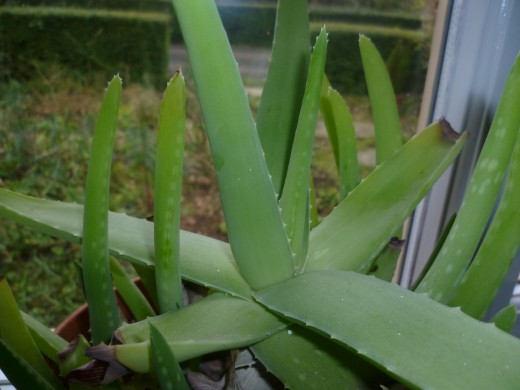

~*~
"When diet is wrong,
medicine is of no use.
When diet is correct,
medicine is of no need."
~*~
— Ayurveda ProverbConclusion:
I hope you have enjoyed my first hub? I dallied with a top ten or top five, but realized that I would need to narrow it down somewhat. Please, always seek medical advice for any medical condition and use traditional herbs alongside conventional medicines with the knowledge of your physician as sometimes they can affect each other and be counterproductive.
If I look around my home at the products I use and think about the health benefits I have from herbs, these are the three that are most prolific and keep me healthy.
Remember
Learn to Love Lavender
Favour Feverfew
&
Say Hello to Aloe
© 2017 Lyn

